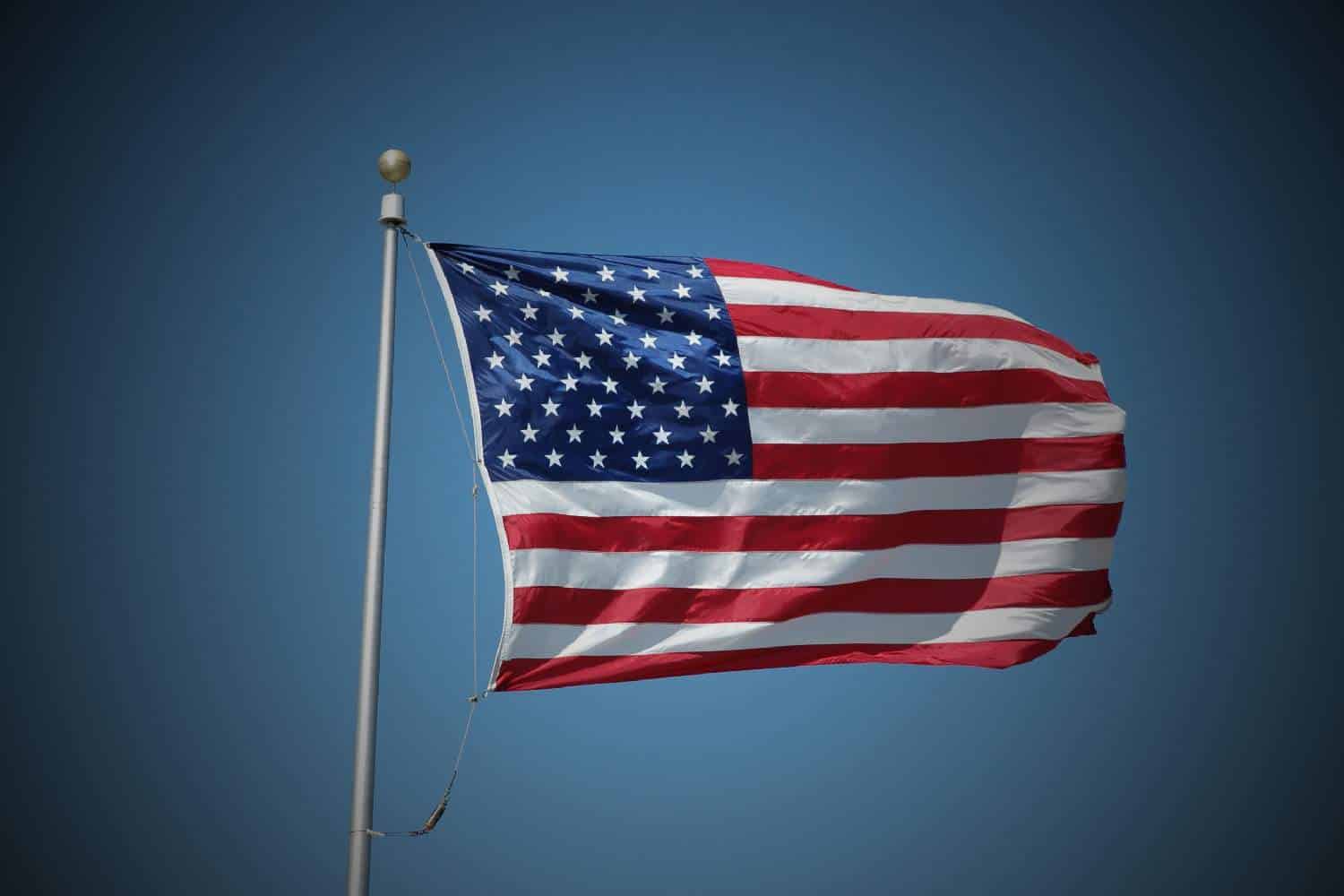Labour Day is a public holiday in the United States celebrated every year on the first Monday in September.
What is Labour Day?
The holiday is dedicated to honouring the role of workers, recognising their achievements, and acknowledging the labour movement, which fought for better rights and conditions for employees.
In 2025, Labour Day will fall on Monday, 1 September. Because it always takes place on a Monday, most people enjoy a long weekend, often called the “Labour Day weekend.”
Why is Labour Day important?
Labour Day has its roots in the labour movement of the late 1800s. At that time, workers in the United States often worked long hours, sometimes up to 12 hours a day, six or seven days a week. Conditions were often unsafe, and wages were low.
Workers began forming labour unions. A union is an organisation that represents employees and negotiates with employers for better pay, safer conditions, and reasonable working hours. Protests and strikes helped bring attention to these issues.
One of the key victories of the labour movement was the push for the eight-hour workday, which many countries, including the US, later adopted. Labour Day became a way to celebrate these achievements and to recognise the continuing importance of workers.
When did Labour Day start?
The very first Labour Day was celebrated on 5 September 1882 in New York City, organised by the Central Labour Union. Thousands of workers marched through the streets to demand better conditions.
Two years later, more cities began holding their own celebrations. In 1894, after growing support, the US Congress officially made Labour Day a national holiday.
How do people celebrate Labour Day?
Today, Labour Day is marked in different ways across the United States. Many people see it as the unofficial end of summer, since schools often reopen in early September.
Common traditions include:
- Parades: Cities hold parades that celebrate workers and unions.
- Barbecues and family gatherings: Families use the long weekend to spend time together.
- Public events: Some communities organise fairs, sports events, or fireworks.
- Retail sales: Shops often hold big sales, as many people have the day off.
While many people focus on the holiday as a time for rest and leisure, its original purpose was to honour the sacrifices of workers who fought for better rights.
